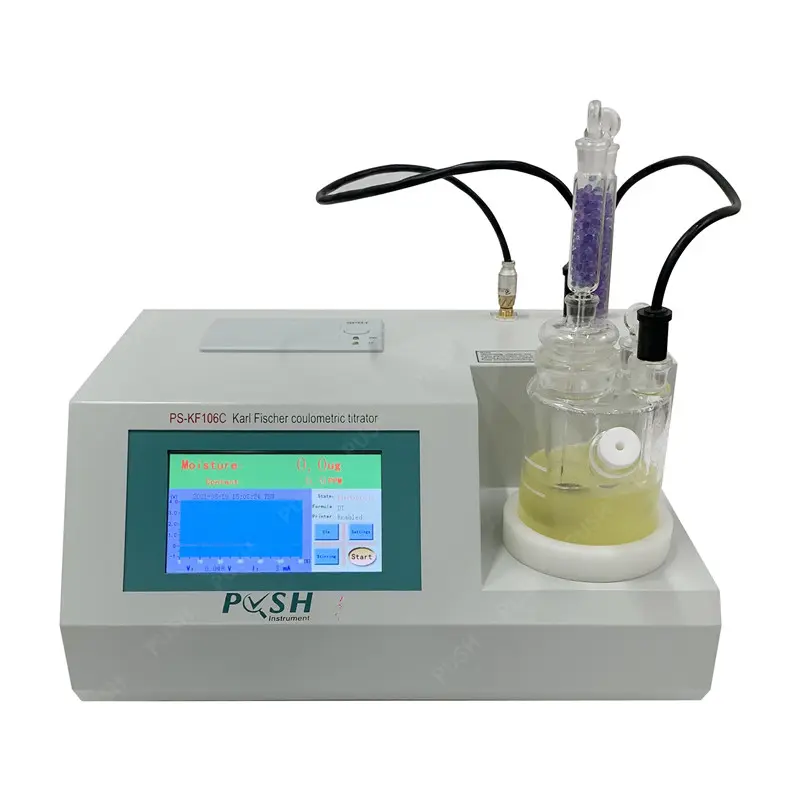Managing firmware updates for the microcontroller or processing unit of a transformer oil dielectric tester is essential to ensure the device remains up-to-date, secure, and capable of meeting evolving standards.
Here are typical steps and considerations for managing firmware updates:
- Version Control System:
- Implement a version control system for the firmware to keep track of changes, updates, and historical versions.
- Use a system such as Git to manage source code and track modifications.
- Centralized Repository:
- Maintain a centralized repository for the firmware code and related documentation.
- Store the latest firmware version and historical versions for reference.
- Change Management Process:
- Establish a formal change management process to document and review proposed firmware updates.
- Clearly define roles and responsibilities for approving and implementing changes.
- Coding Standards:
- Adhere to coding standards to maintain consistency in the firmware code.
- Ensure that code is well-documented to facilitate understanding and future modifications.
- Bug Tracking System:
- Implement a bug tracking system to capture and address software bugs or issues.
- Prioritize and resolve identified bugs as part of the firmware update process.
- Security Considerations:
- Prioritize security in the firmware design and updates.
- Regularly assess and address potential security vulnerabilities through updates.
- Testing Protocols:
- Develop comprehensive testing protocols for firmware updates.
- Include unit testing, integration testing, and system testing to validate the functionality of the updated firmware.
- Automated Testing:
- Integrate automated testing procedures to streamline the testing process.
- Automated tests help ensure that changes do not introduce unintended consequences.
- Rollback Mechanism:
- Implement a rollback mechanism that allows reverting to the previous firmware version in case issues arise after an update.
- This provides a safety net in case of unexpected problems.
- User Notifications:
- Inform users about upcoming firmware updates, including the purpose, benefits, transformer oil dielectric tester and any potential impact on operations.
- Clearly communicate instructions for applying the update.
- Remote Firmware Update Capability:
- If feasible, design the transformer oil dielectric tester to support remote firmware updates.
- Remote updates can be more convenient for users and reduce downtime.
- Encryption and Authentication:
- Apply encryption and authentication mechanisms to ensure the integrity and authenticity of firmware updates.
- Prevent unauthorized access or tampering during the update process.
- Regular Release Schedule:
- Establish a regular release schedule for firmware updates, considering factors such as new features, bug fixes, and security patches.
- Inform users about the release schedule to set expectations.
- User Manuals and Documentation:
- Update user manuals and documentation to reflect changes introduced by firmware updates.
- Provide clear instructions on how users can apply firmware updates.
- Customer Support Readiness:
- Prepare customer support teams for potential inquiries or issues related to firmware updates.
- Ensure that support personnel are well-trained to assist users during and after the update process.
- Feedback Collection:
- Collect feedback from users after firmware updates to identify any issues or areas for improvement.
- Use feedback to inform future updates and enhancements.
- Compliance with Standards:
- Ensure that firmware updates comply with relevant industry standards and regulations.
- Stay informed about any changes in standards that may affect the firmware.
- Backup and Recovery:
- Encourage users to perform backups before applying firmware updates.
- Provide guidance on recovery procedures in case of unexpected issues during the update.
- Vendor Collaboration:
- Collaborate with firmware vendors or developers to stay informed about updates, patches, and security considerations.
- Maintain a proactive relationship for addressing firmware-related issues.
- Continuous Improvement:
- Establish a culture of continuous improvement for the firmware update process.
- Regularly review and refine procedures based on lessons learned and user feedback.
By implementing these measures, manufacturers can effectively manage firmware updates for the microcontroller or processing unit of a transformer oil dielectric tester, ensuring that the device remains reliable, secure, and capable of meeting user requirements over time.

How are firmware updates managed for the transformer oil dielectric tester’s microcontroller or processing unit?